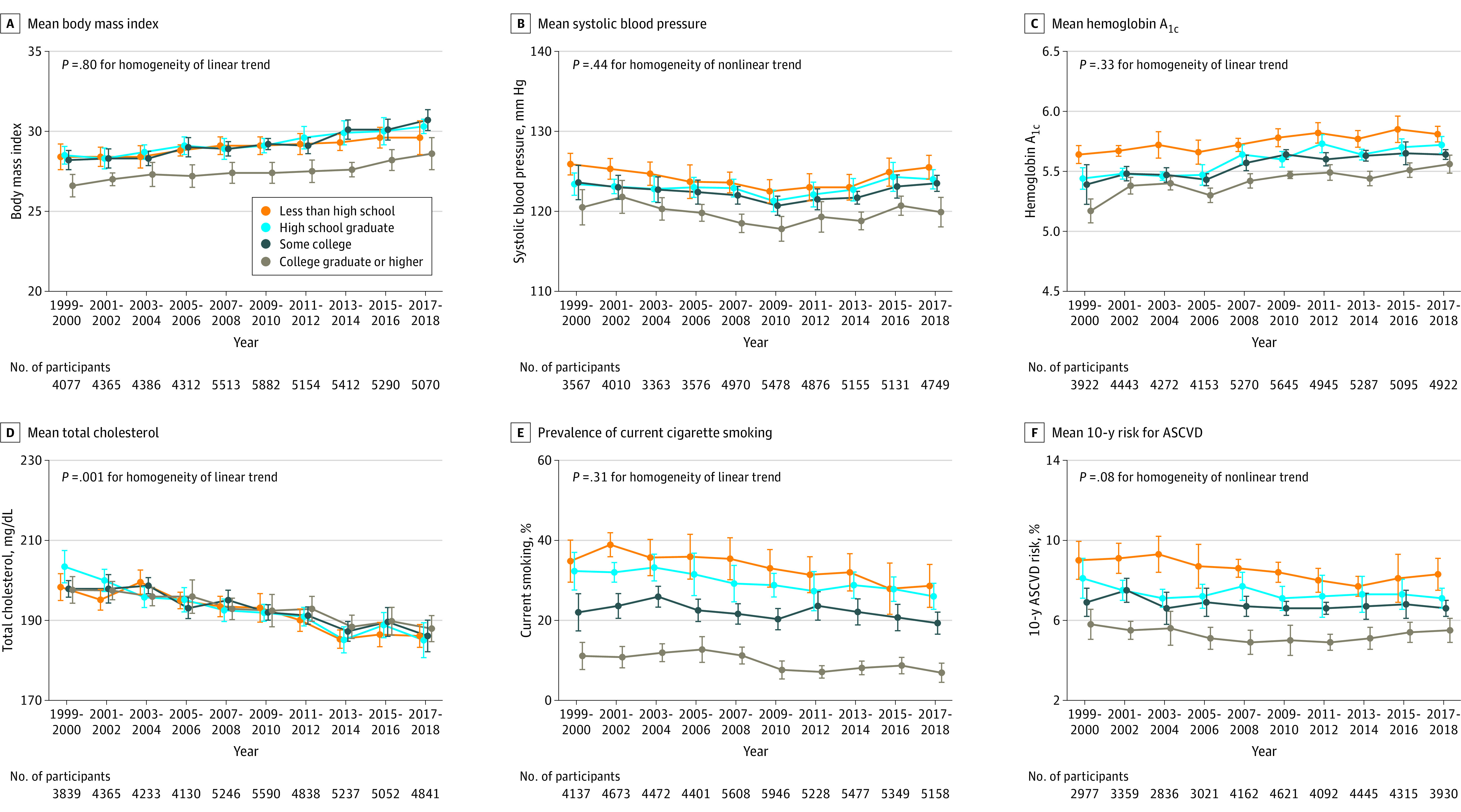Figure 3. Trends in Cardiovascular Risk Factors by Education Level in US Adults.

Trends in (A) mean body mass index (calculated as weight in kilograms divided by height in meters squared) (all P < .001 for linear trend); (B) mean systolic blood pressure (all P ≤ .02 for nonlinear trend); (C) mean hemoglobin A1c (all P < .001 for linear trend); (D) mean serum total cholesterol (to convert to millimoles per liter, multiply by 0.0259) (all P < .001 for linear trend); (E) prevalence of current cigarette smoking (P = .03 for linear trend in individuals with some college; P < .001 for linear trend in all others); and (F) mean estimated 10-year risk of atherosclerotic cardiovascular disease (ASCVD) (P = .004 for linear trend in individuals with less than high school; P > .05 for trend in high school graduates and those with some college; and P = .01 for nonlinear trend in college graduates or higher). The 10-year risk of ASCVD was calculated using the Pooled Cohort Equations among individuals without a self-reported history of cardiovascular disease. The probability of developing ASCVD over 10 years ranged from 0% to 100%. All estimates were standardized to the 2000 US Census population using 6 age and sex categories: men aged 20-39, 40-59, and ≥60 years and women aged 20-39, 40-59, and ≥60 years. Linear and polynomial models were used to test linear and nonlinear trends. The homogeneity of trends among education subgroups was tested using an interaction term of time × education in the regression models. Error bars indicate 95% CIs.
